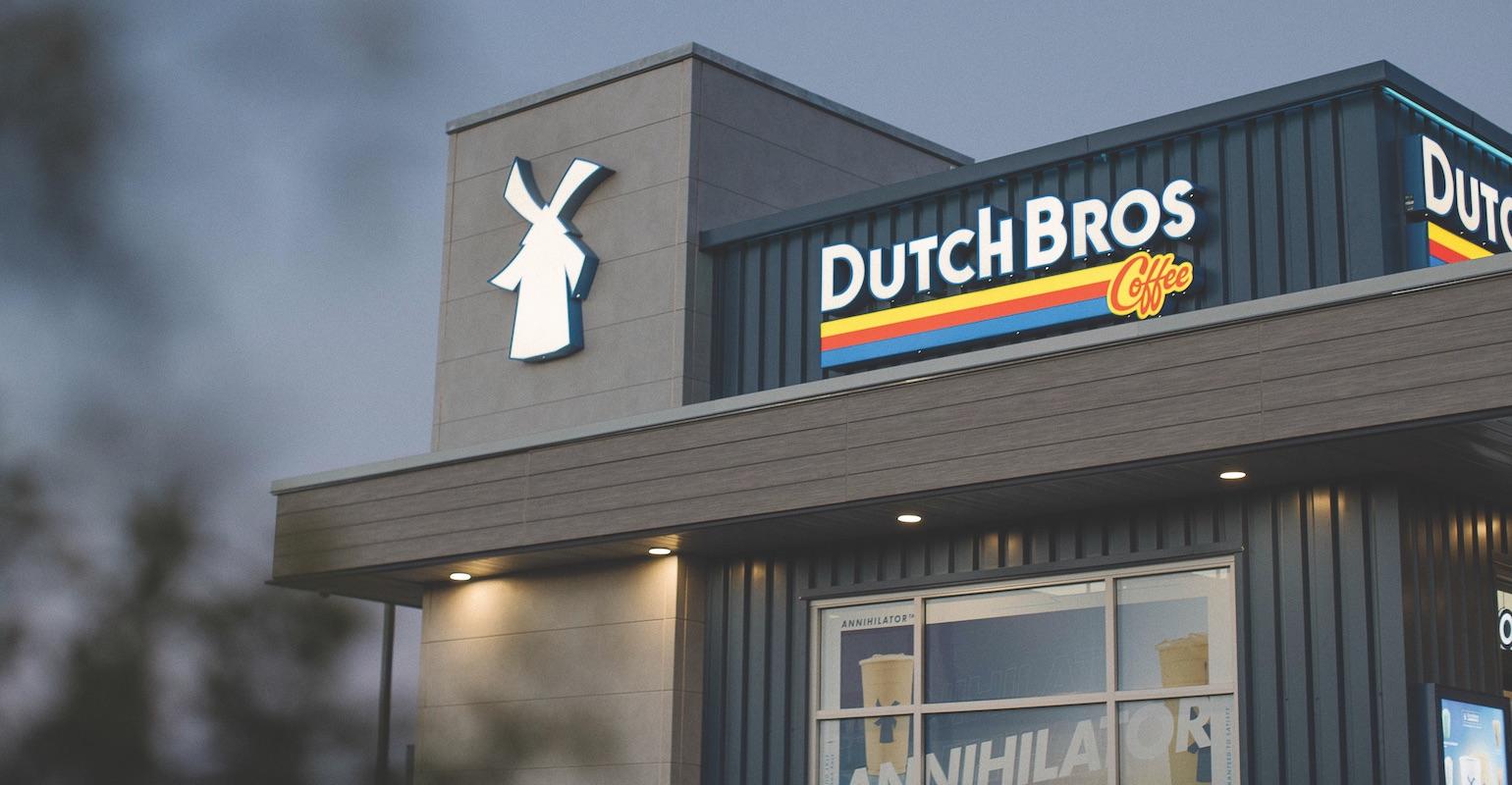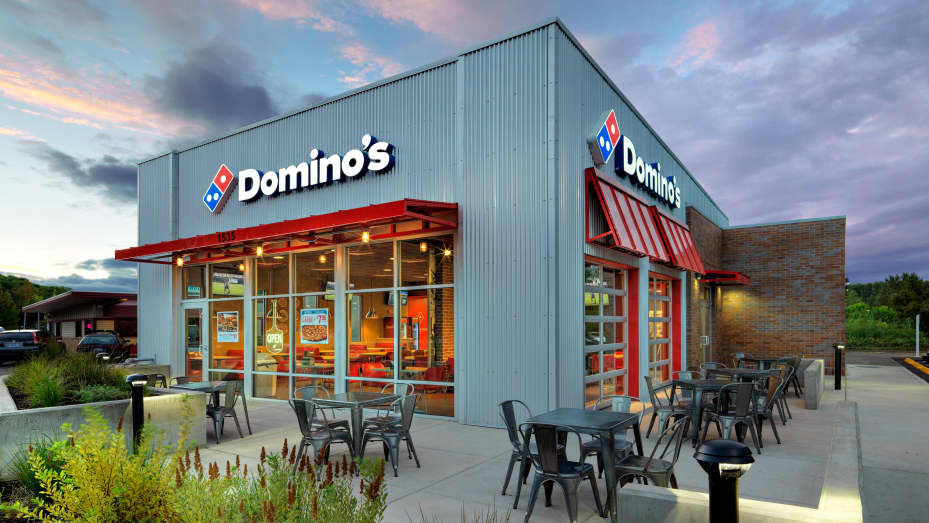So, being a restaurant operator, and allied industry member, such as employee, investor, vendors, analysts, consultants and others, it has been a wild ride since February 2020. Two black swans since then: the Pandemic itself in March 2020 and then the War in Ukraine in late 2021 have affected global society and business. These factors are still kicking us every day.
I’m afraid we will soon have another bad swan upon us, the FED, which is bound and determined to raise interest rates to lower an artificially constructed index that may not be correct. That may cause a recession. [1]Another thing we operators, investors, employees, suppliers and analysts can’t control.
THE INDUSTRY INFLUENCES AND PARTIALLY CONTROLS MANY BUSINESS FACTORS.
In preparing a recent project for a client, I looked at industry pricing and food cost percentage changes all the way back to the 1980s. There were a couple of irregular periods, but generally pricing as measured by both ticket and BLS survey rose about 3 to 3.5% from 1981 to 2019. Food cost percentage and BLS inflation—food away from home also typically rose around 3%. There were some tight spots, but restaurants acted liked a machine, spitting out price increases. In fact many chain restaurants, preferred not to price for labor, leaving that to volume efficiencies to cover. The problem was, labor costs in both QSR and full service rose in the 00s.
Doubts about the restaurant model
Lately several operators and investors have mentioned that in this current environment, little is actually controlled by the restaurant brand operator. I disagree. In the post pandemic world all of the challenges can be reacted to. The challenges, while overwhelming are really nothing new other than the dual food and labor cost inflation we have seen in late 2021-2022. There are many business functions restaurant brands and operators still do control. Here’s two:
Pricing actions in this new world are controlled by Restaurants
Restaurants now have to look through their total product mix and store mix creatively to cover all costs. Every restaurant brand controls its pricing. Franchisors provide reviews and recommendations to franchisees who set their own pricing, except for two QSR brands who insist on predetermined prices. [2] But yet, we have reports from polling agencies that consumers are blown away by high restaurant prices. Many analytical questions remain: what type of customers? On what type of offers? Where? There is growing evidence that there is a gap of retail and restaurant acceptability between upper income guests and lower income guests.[3] That will produce challenges for Marketing staff and agencies. But this is what segmentation studies were invented for. Get them.
We will know progress is being made when we see reports of and implementation of unit by unit pricing variation. With 60 years of POS and management technology, we know a lot about our units.
Brands control CAPEX and remodeling/new unit design, too.
We all know that store level operating profit dollars after tax and G&A; the CAPEX, the actual size of the investment buildout over time; and the interest rate charged by the lender are among the most important financial variables defining success of the restaurant investment. While we are struggling to control Pandemic problems, this CAPEX factor is under our control whether we are franchised or not.
Starbucks, Wendy’s, Outback, Darden, and many other brands have moved out smartly post pandemic with transformative store prototypes. Starbucks for example is still in the middle of a massive store base transformation.
Having watched ROI by remodel class and brand over the years, I can say that remodels and upgrades typically get a sales lift for some time thereafter. Usually, not always. The length of time varies, but year one and two are typically greatest. Once the entire market is done there is a uplift effect on brand ratings. Of course, QSR and full service units get different uplifts. It is interesting to note that exterior remodels scored ROIs in both QSR and full service, supporting the notion that one value of the remodel is to advertise the value of the brand to the outside community via the look of the unit.
Franchisors are often going to have issues “selling” the value of the new unit or remodel to its franchisees quickly. That is what company units and good proformas are for.
Lately, its been difficult to get all the parts necessary for remodel completion. Hopefully, the external remodel portion can be completed first to get those benefits.
Heard and Seen in the Restaurant World
M&A and the Restaurant Finance Conference: I’m honored to be moderating the M&A Session at the RFDC in Las Vegas on November 15 at 130p at the Wynn Hotel. We will have 4 great industry experts to discuss trends and outlook. So there is latent M&A demand waiting for conditions to improve but conditions are depressed right now. Please attend to hear more for your 2023 planning.
The Starbucks ($1B plus) and Burger King ($500M) OPEX and CAPEX investments were huge and will require multi year tracking to see the ROI. In the Burger King US case , the brand was behind its peers to say the least. For a client, I recently found that BK US and one other brand were the only two major US burger brands that had flat AUVs for 9 years, 2012-2020.
Food Commodities have peaked when looking at the very beginning of the US food supply chain. See BLS tracking However, the issue looking ahead is there are manufacturer issues, distributor issues etc. Driver wages, fuel, distributor outages and errors than drive up costs. Sysco just had a strike imposed. 2023 will be less inflationary than 2022 by half, many are estimating.
On the more positive side, casual dining staffing levels are returning to a somewhat more normalized pre-2000 level. Hopefully this will improve service levels and moderate wage growth. Hat hip: Sara Senatore, Bof A Restaurant Analyst.
MCD US sales momentum in October appears to be brisk due to premiums moved and marketing activity. Franchisee intelligence and in store visits point to the success.
About the author: John A. Gordon is a restaurant analyst with 46 years in the industry. He had early experience in restaurant operations, 20 years at restaurant corporate staff roles (Finance Planning and Analysis) and the last twenty years via his founded restaurant management consultancy, Pacific Management Consulting Group. Pacific works complex analysis and investigative projects for operators, investors, franchisors, franchisees, litigation support engagements, attorneys and others. Call him with questions or business issues at 858 874 6626, or 619 379-5561, email, jgordon@pacificmanagementconsultingroup.com.
[1] See https://www.cnbc.com/video/2022/2022/10/13/short-if-the-fed-waits-for-core-inflation-to-hit-2 percent-itll-drive-economy-into-depression-says-jeremy-siegel-htm
[2] Neither of these two brands have had positive SSS results in the last four year. Source: their 10Ks.
[3] The weakness in lower in guests has been discussed in the last Brinker and McDonld’s (EAT and MCD) earnings calls. In addition, Bank of America credit card data showed $125K as the critical toggle point where luxury sales increased 10% and fell 13% in Q3 2022.





